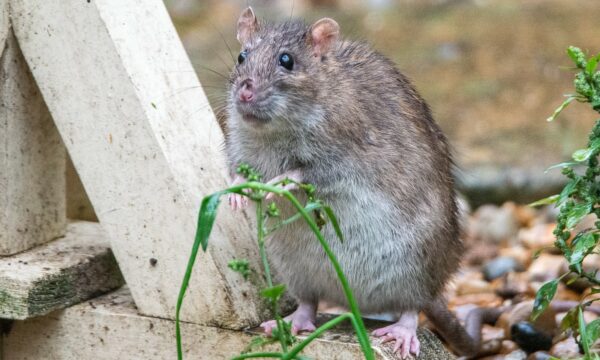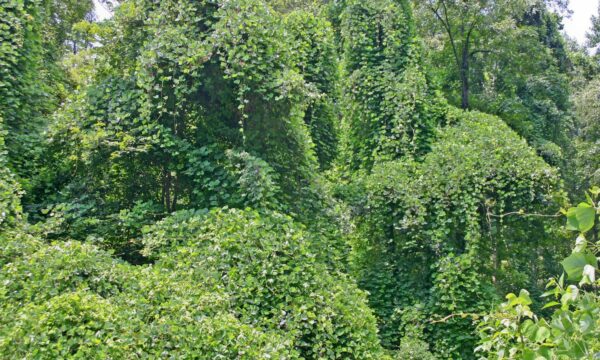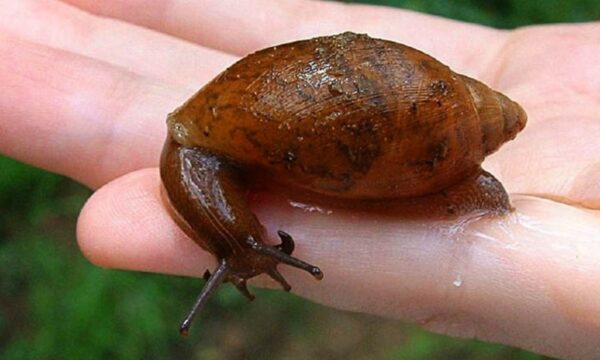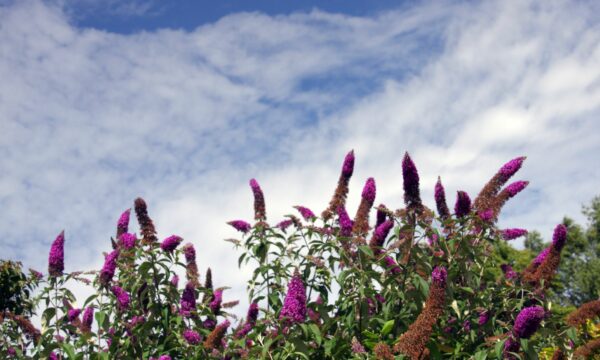In January 2015 the following datasheets were published on CABI’s Invasive Species Compendium (ISC). You can explore the open-access ISC here: www.cabi.org/isc.
Clerodendrum thomsoniae (bleeding glory bower) – native to West Africa, this vine has been widely cultivated in tropics and subtropics worldwide, and is naturalised in many places, including the USA, Australia and the Galapagos Islands. Despite being related to some particularly serious invasives, such as C. chinense and C. quadriloculare, the impacts of bleeding glory bower are so far limited.
Cortaderia jubata (purple pampas grass) – familiar to many of us as a garden ornamental, C. jubata is a multipurpose tussock grass native to South America. Surprise surprise, this towering, fast-growing, prolific plant has become a serious invasive in several places around the world, displacing native vegetation and suppressing the growth of young trees. Dense stands of C. jubata can also pose a fire hazard.
Opuntia monacantha (common prickly pear) – another introduced Opuntia, another tale of woe. Opuntia monacantha has been introduced around the world as a fruit and fodder plant since the 1700s. Its ability to regrow from broken and scattered cladodes allows it to quickly form dense, impenetrable thickets. Fortunately, biocontrol of the common prickly pear has proved successful in several countries.
Related News & Blogs
Can scientific data on invasive species protect endangered species from extinction?
A Red lionfish (Pterois volitans) – while splendid to look at, it is a venomous coral reef fish that predates native species, is rapidly reproducing and spreading and is a permanent resident of the Atlantic waters. Credit: Invasive species are a major…
4 December 2023





